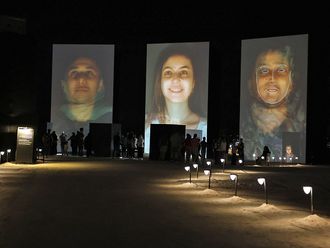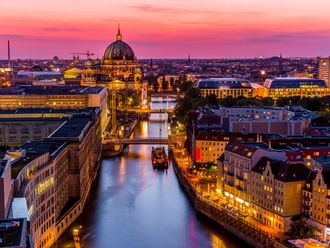1 of 13

2 of 13

3 of 13

4 of 13

5 of 13

6 of 13

7 of 13

8 of 13

9 of 13

10 of 13

11 of 13

12 of 13

13 of 13











